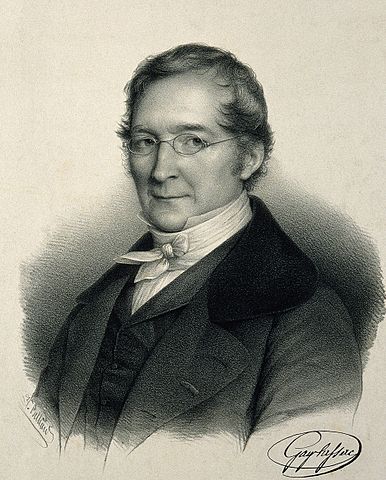 The pressure law states that pressure is proportional to temperature, for a fixed amount of gas at constant volume.
The pressure law states that pressure is proportional to temperature, for a fixed amount of gas at constant volume.
Key Concepts
\(p\propto T\)
- \(p\) is pressure (Pa)
- \(T\) is temperature (K)
\({p_1\over T_1}={p_2\over T_2}\)
The pressure law is the basis of the Kelvin scale. When gas molecules stop moving, the pressure becomes zero as there are no collisions with the walls. The temperature on the Kelvin scale falls to absolute zero, the lowest temperature possible, as there is no kinetic energy.

 The pressure law can be verified by measuring the pressure of a gas at different temperatures.
The pressure law can be verified by measuring the pressure of a gas at different temperatures. Twitter
Twitter  Facebook
Facebook  LinkedIn
LinkedIn